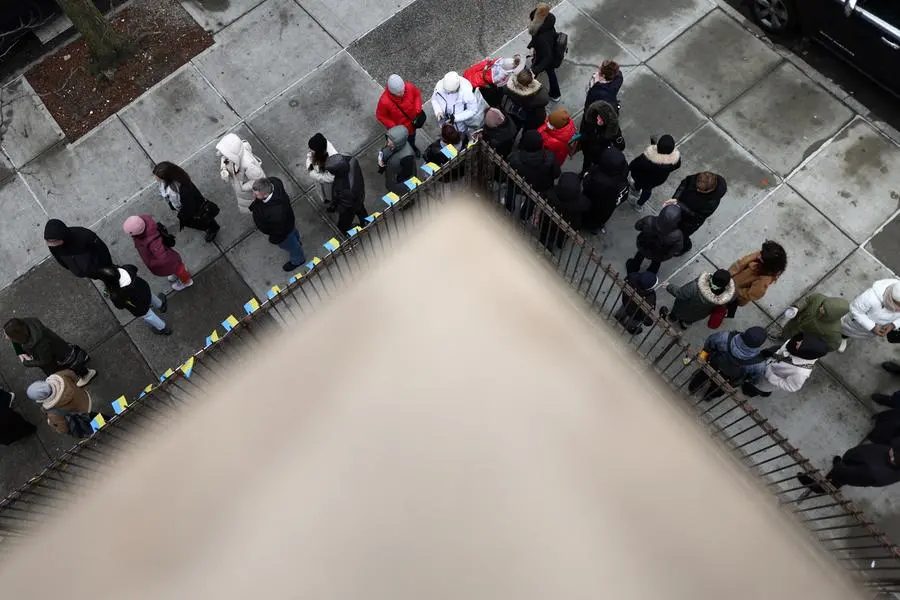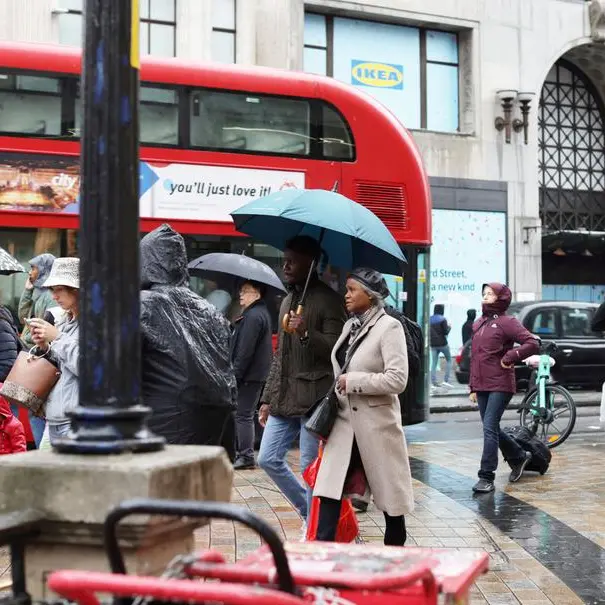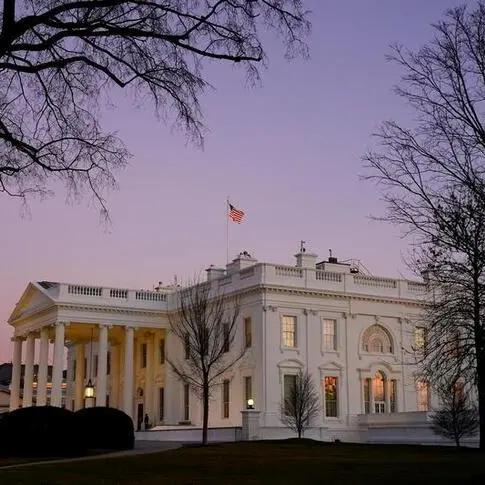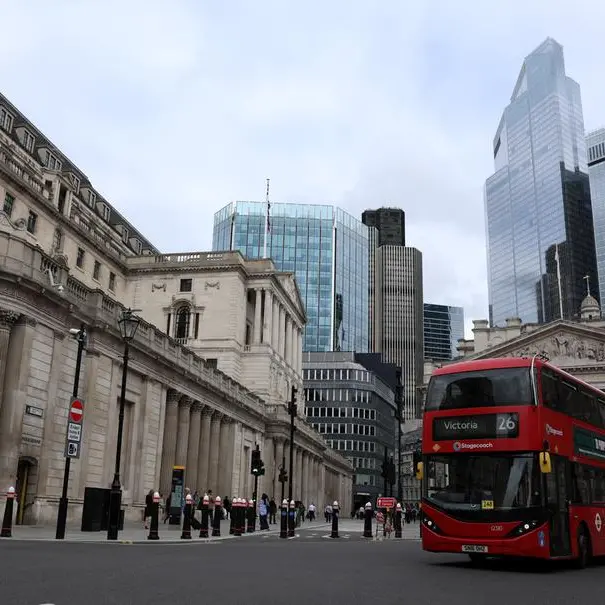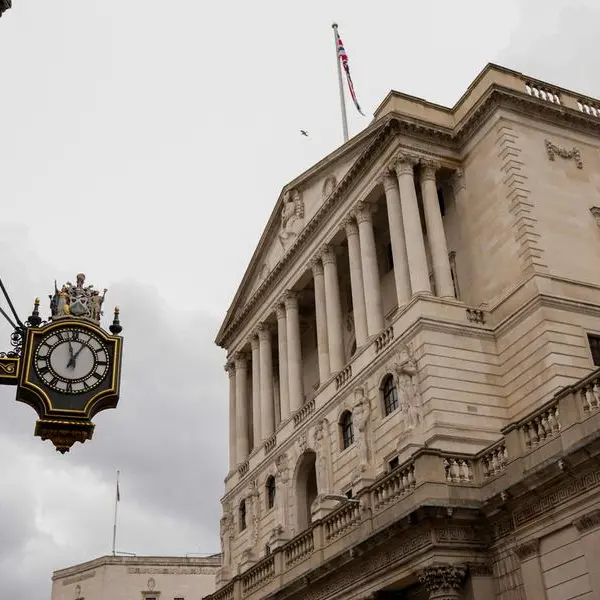PHOTO
WASHINGTON - The U.S. economy likely maintained a moderate pace of job growth in September while the unemployment rate is expected to have held steady at 4.2%, which would further reduce the need for the Federal Reserve to deliver large interest rate cuts in its final two meetings of the year.
The labor market, however, is likely to experience some brief turbulence after Hurricane Helene devastated large swathes of the U.S. Southeast last week. Tens of thousands of machinists at Boeing also went on strike in September, with ripple effects on the aerospace company's suppliers.
A work stoppage by about 45,000 dockworkers on the East Coast and Gulf Coast ended late on Thursday after their union and port operators reached a tentative deal. The Boeing strike, if it persists beyond next week, could depress the nonfarm payrolls data for October, which will be released just days before the Nov. 5 U.S. presidential election.
Nonetheless, the tone of the Labor Department's closely watched employment report on Friday is expected to remain consistent with a jobs market that is losing momentum in an orderly fashion. Wage growth is forecast to have remained solid, continuing to support the overall economic expansion.
The U.S. central bank's Federal Open Market Committee kicked off its policy easing cycle with an unusually large half-percentage-point rate cut last month and Fed Chair Jerome Powell emphasized growing concerns over the health of the labor market.
"I would expect to see, certainly not a collapse in the labor market, but a continuing slowdown," said Dan North, senior economist at Allianz Trade North America. "The 50-basis-point cut was a signal that they don't want to get behind, but don't expect the rest of them to be 50 basis points as well."
Nonfarm payrolls likely increased by 140,000 jobs last month after rising by 142,000 in August, according to a Reuters survey of economists. Estimates ranged from an increase of 70,000 jobs to a rise of 220,000. That would be well below the monthly average gain of 202,000 over the past year. Economists anticipated that August payrolls would be revised higher in line with the trend in the past 10 years.
Goldman Sachs noted that payroll growth for August has been revised up by 67,000 on average since 2010, about two-thirds of which occurred in the first revision.
Employment gains have been led by less cyclical sectors like healthcare and government, but the pace has slowed in recent months as hiring approaches pre-pandemic trends.
The share of industries reporting a rise in payrolls has mostly declined this year.
"The challenge is that the labor market can be fine, until it's not," said Elizabeth Crofoot, senior economist at Lightcast, a labor market analytical firm. "And the trends are currently not pointing in the right direction."
While the labor market has taken a step back, annual benchmark revisions to national accounts data last week showed the economy in much better shape than previously estimated, with upgrades to growth, income, savings and corporate profits.
This improved economic backdrop was acknowledged by Powell this week when he pushed back against investors' expectations for another half-percentage-point rate cut in November, saying "this is not a committee that feels like it is in a hurry to cut rates quickly."
TEPID HIRING
The U.S. central bank hiked rates by 525 basis points in 2022 and 2023, and delivered its first rate cut since 2020 last month. Its policy rate is currently set in the 4.75%-5.00% band.
Late on Thursday, financial markets saw a roughly 65% chance of a quarter-percentage-point rate reduction at the Fed's Nov. 6-7 meeting, CME Group's FedWatch tool showed. The odds of a 50-basis-point cut were about 35%.
The labor market slowdown is being driven by tepid hiring against the backdrop of increased labor supply stemming mostly from a rise in immigration. Layoffs have remained low, which is underpinning the economy through solid consumer spending.
"The negative economic consequences that flow from that sort of unemployment are much less severe than unemployment that rises as a result of layoffs," said David Doyle, head of economics at Macquarie.
"If someone loses a job, the multiplier effect that flows through the economy as a whole is much more severe than a student that graduates from university that never had an income, and now they're looking for work and they can't find a job."
Average hourly earnings are forecast to have increased 0.3% after a gain of 0.4% in August. Wages are expected to have advanced 3.8% on a year-on-year basis, matching the rise in August. The average workweek is expected to be unchanged at 34.3 hours.
The forecast for no change in the unemployment rate, which has risen from 3.4% in April 2023, is influenced in part by the start of the school year when youths either return to classrooms, or give up their search for work.
The 16-24 age cohort accounted for much of the recent increase in the jobless rate.
An anticipated decline in temporary layoffs was also expected to restrain the unemployment rate.
Economists estimate that the economy needs to create as many as 200,000 jobs per month to keep up with growth in the working-age population, though this number could drop to about 150,000 or less as immigration has slowed.
"Going forward, we think it is a close call whether labor demand will prove strong enough to fully absorb new entrants to the labor market and halt the slow crawl higher in the unemployment rate that has taken place since mid-2023," economists at Goldman Sachs wrote in a note.
(Reporting by Lucia Mutikani; Editing by Paul Simao)
